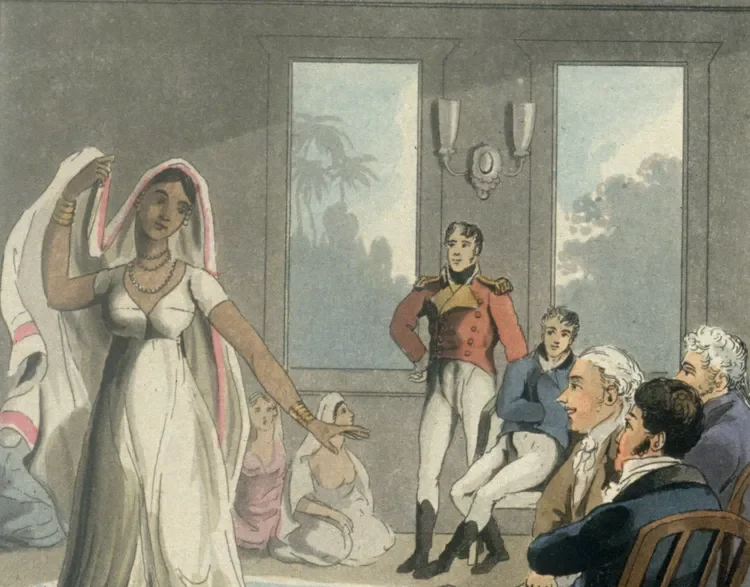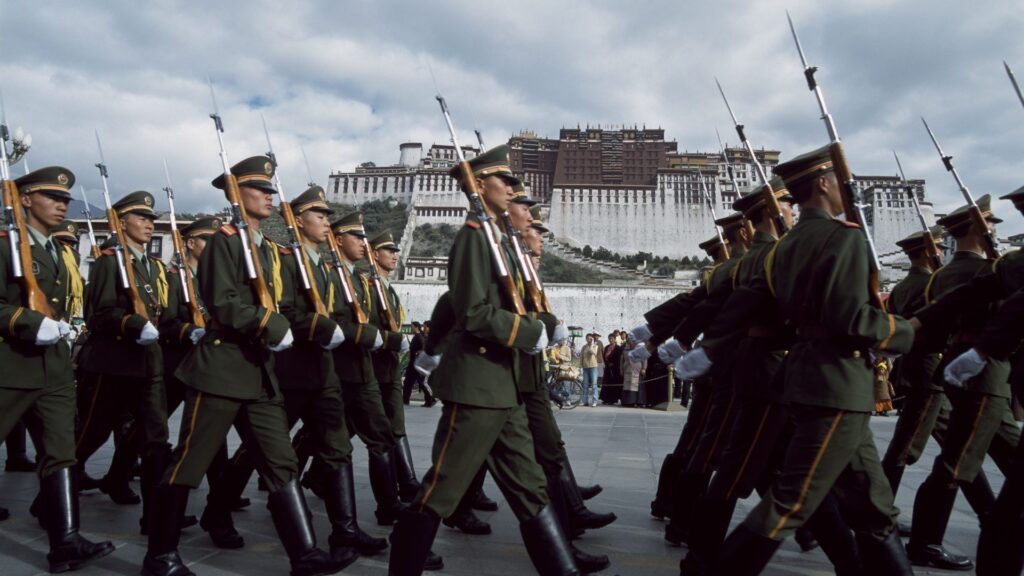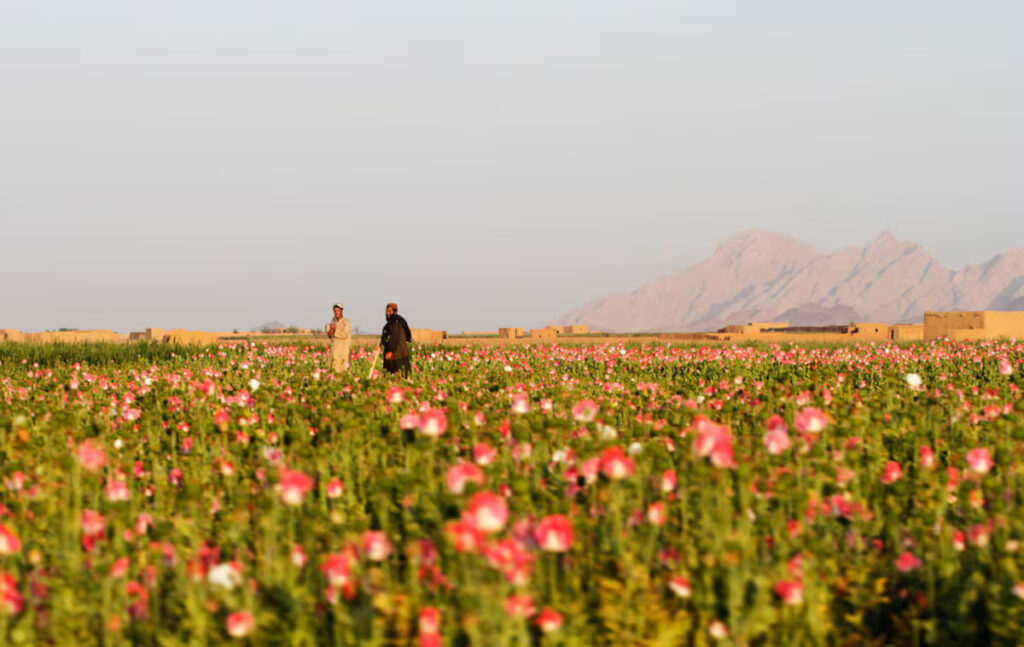In its 75 years as an independent country, India presents all of the same contrasts in its society and culture, indeed in the physical appearance of its people, that it did in the immediate aftermath of two centuries of colonial rule. The contrasts present themselves in a slightly graded manner now, with new intermediate classes closing somewhat the inhuman chasm between rich and poor that defines India’s modern existence. But they remain stark.
India today suffers from malnutrition, laughably poor healthcare and education (not for those who can pay, of course), and a ballooning unemployment crisis that has turned the media-favourite term ‘demographic dividend’— a buzzword for a young working population— into a ticking demographic time-bomb as the cost of living rises and levels of disposable income fall. India may have taken over the fifth place in GDP size worldwide, but such jobless growth combined with a precipitously steep cline of wealth distribution merely throws up a handful of billionaires at the top and keeps the largest number of Indians at sub-Saharan African standards in basic amenities and per capita income. Much is made of the small improvements achieved in sanitation and infrastructure in the past few years. But compared to a citizen of virtually any major country that is not in an active warzone, the life of the average Indian continues to be needlessly arduous and, in its quality, generally revolting.
One in three malnourished children in the world is Indian. In fact India is at this moment in the throes of an undeclared health emergency of the greatest import, and has been for decades. Corporate media and major parties across the spectrum have tuned it out of the public discourse entirely. The weak and emaciated children of India are brought up only when it is time to gloat on some incremental improvement or the other. In the matter of its wasted young, India is damnably silent. And yet they stare any Indian and any visitor to India in the face.
There they are, on the street in any city, any village: slight, gangly children, all knees and elbows. Their backs are bent and their eyes sunk deep in the hollows of their sockets. Can these children, with their anemic bodies and brains that are ill-developed for want of protein, carry the weight of Superpower India? Can they ever raise India to those exalted heights of which we receive tantalising glimpses in the speeches of our leaders?
Away from the purposely distracting racket of corporate media, and quite distant from the minds of its producers, are the voiceless millions who constitute the core of India’s being, who cannot donate generously to the great political parties and for this crime rate only as afterthoughts in the esoteric decision-making processes of the policy apparatus and the popular leadership, whose true constituents number perhaps in some hundreds and control much of the wealth of this country. In 2023, most Indians still toil in the fields and largely fail to scratch a living out of some of the most fertile soil on earth.
Others, equally hopeless, labour for inadequate wages in Indian cities, which count among the fastest growing cities of the world. And now, as more and more Indians wrest a high school diploma out of the government school system— about which the less said the better— and enter the middle class with college degrees in hand, the hopefuls of the Aspirational Society that found mention in the Prime Minister’s Independence Day speech last year are met with bleak-to-nonexistent job prospects. But they should be glad, job or no job, because after all they are the Demographic Dividend that is to be India’s salvation.
There was a promise of India, some latent potentiality that seems still to gather and rest just beneath the horizon of national consciousness. It is imperative to raise up that great mass of the Indian public whose relevance to the political establishment begins and ends in the campaign season, be it in the states or across the country. They are the farmers and the workers. They are the effectively disenfranchised. Their votes are jealously sought, but their lot remains unchanged through countless election cycles. And it is my contention, as it must be every thinking Indian’s, that they hold the key to Indian strength and Indian vitality, be it strength and vitality of the economy, or of culture, or indeed of the spirit. Only when government works for the poor will it work for India.
This will not be done by offering the poor alms, with cynicism and with contempt, but by giving them the opportunity to raise themselves up. It will not be done with measures that serve only to keep them alive, and perpetuate the cycle of poverty, but by positive action to aggressively erase poverty, ignorance, hunger and the resulting meanness of spirit. Strength comes from action, and action follows from thought.
Publications of every type— broadsheet, paperback, hardcover and gloss— proliferate in the Indian market, but the literary and political discourse is confined to manufactured debates of religion, history and ideology. It is intended to numb and distract the rare Indian who has the ability and the spirit to ponder such great problems, lest he rise up in anger against the farce of development being put on by the thieving corporate-political establishment and become a threat to its existence. While the fundamentals of our society, as enumerated, remain unsecured, such debates of religion and ideology can hold no relevance to any but the most simple-minded Indian. Absolute clarity of purpose alone can lead to the absolute unity of the Indian people, and that purpose is the same as it was in 1947: creating anew the India that was stolen from us and raising it to still greater heights, all together.
Thought, and in time action, must be directed therefore at the fundamentals— at education and health, industry, defence and foreign relations, all of which have been bartered and sabotaged piecemeal by those in power over the past decades in lockstep with private interests and international lobbies. The parasitic class at the top of Indian society that orchestrates this greatest of thefts knows no ideological or political allegiance and is to be found filling the top ranks of every political party of any standing. It has nourished itself with resources stolen from the working Indian and often at the cost of his life. Before the scales fall from our eyes, who will be the last Indian to die of a preventable disease because everyone conspired against his life, from the company that laid down the town’s sub-par water mains that are polluted with sewage to the board of the private hospital that will run up a bogus bill that exceeds his worth, to the netas and babus who were paid to license them both? The corporate-political establishment has grown continually bolder because of the general ignorance and insensitivity of even the educated when it comes to the finer details of these essential matters of state and of national life. They must recognise that this parasitic establishment, sapping the life-force of the nation, is the greatest enemy within India’s borders, and the enemies without shall never be surmounted unless the covers are thrown off and this establishment, now exposed, is decisively taken apart and scattered to the wind. The only worthy intellectual endeavour for the lettered in this national situation therefore is to create and sustain resolutely pro-India thought by snapping out of the delusional complacency bred by the corporate-political establishment and produce unwavering focus on only what matters to every last Indian, so that the battle for India’s soul can be started at last.







